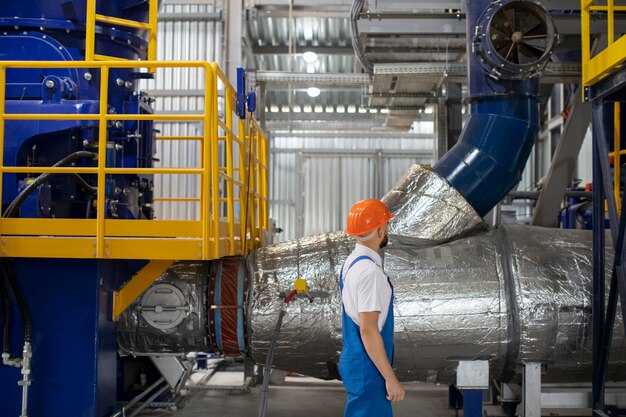
Sponsored article
Efficient energy use has been a major focus in the design of commercial and residential buildings. One of the technologies that stand out in this regard is the water to air heat exchanger. Known for its ability to transfer heat efficiently, it reduces the energy demands of various systems within the buildings, leading to significant cost savings. This article gives a comprehensive view on how these exchangers work, their benefits, and how to fully utilize them for increased energy efficiency.
The heat exchanger water to air works on a basic principle that ensures efficient heat transfer. During operation, water flows through the heat exchanger’s copper ports, while air is forced over its exterior. The interaction between the two mediums facilitates heat transfer: the warmer medium loses heat, which is then absorbed by the cooler one. This efficient exchange significantly improves the effectiveness and reliability of heating systems in both residential and commercial buildings. Understanding this operation of water to air heat exchangers plays a crucial role in maximizing their efficiency.
Water to air heat exchangers confer significant advantages, especially in residential and commercial buildings. Firstly, they contribute to substantial energy savings by reducing the reliance on conventional heating and cooling systems. These savings are critical in commercial buildings, where energy costs can make up a significant proportion of operating expenses. Moreover, in residential buildings, the use of water to air heat exchangers can result in a more comfortable and healthier indoor environment as they ensure consistent temperature regulation. Furthermore, the eco-friendly nature of water to air heat exchanges cannot be overstated since they utilize a renewable energy source—the surrounding air—hence promoting environmental sustainability. Clearly, the advantages of this system extend beyond just energy savings.
To maximize the performance of your water to air heat exchangers, here are some noteworthy tips. Regular maintenance is integral to enhancing the productivity and longevity of the system. Cleaning it frequently ensures that there’s no build-up of particles which could impede efficiency. Inspecting the heat exchanger coil helps facilitate its proper performance. Furthermore, proper usage too has a crucial role to play. Always stick to the user’s manual and ensure the system isn’t overloaded, as it might reduce the heat exchange efficiency. Monitoring the water flow rates and air velocity could also significantly contribute towards the performance maximization. In all, tips focused on regular maintenance and proper usage are the keys to the optimal performance of water to air heat exchangers in residential and commercial buildings.